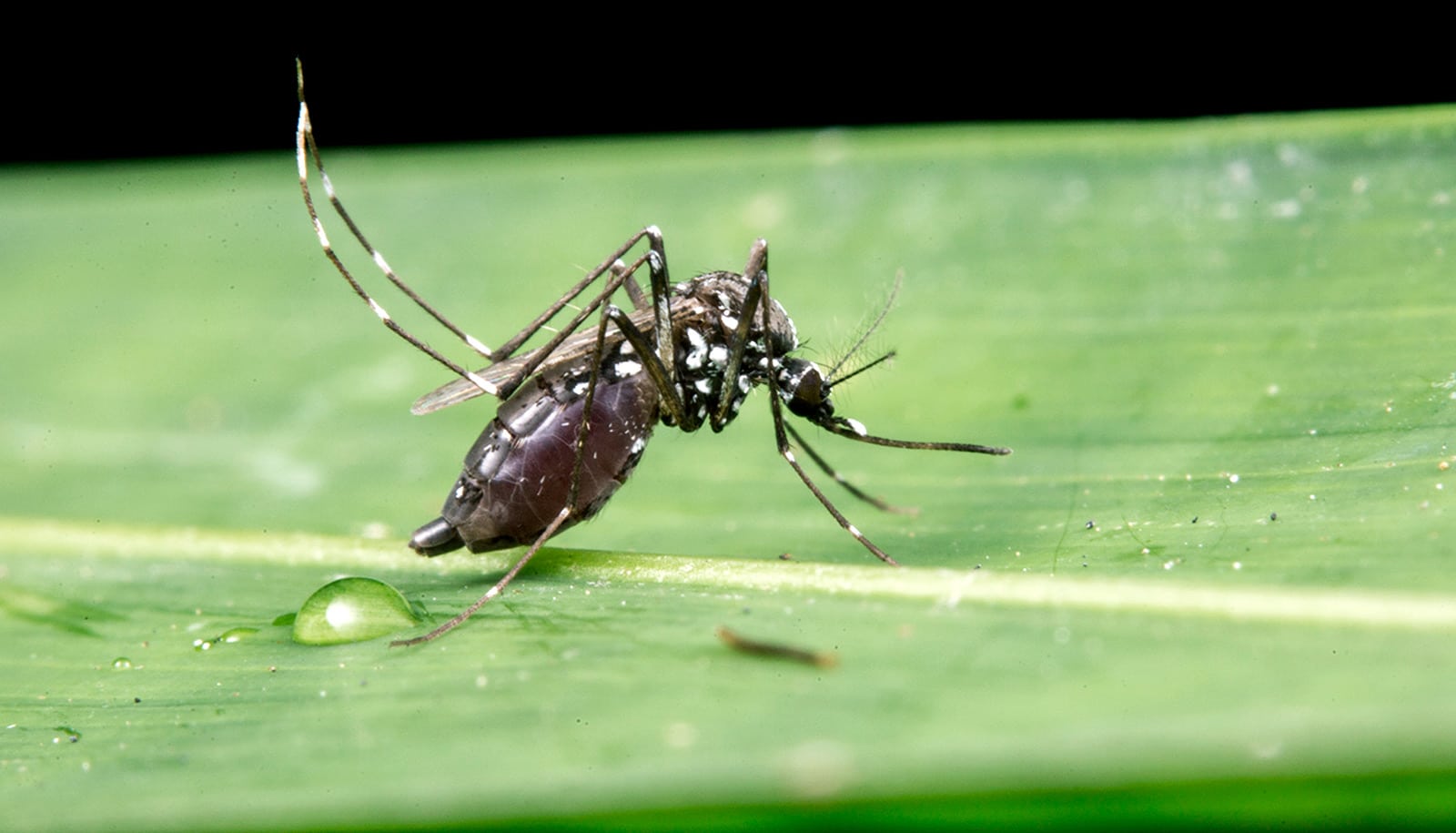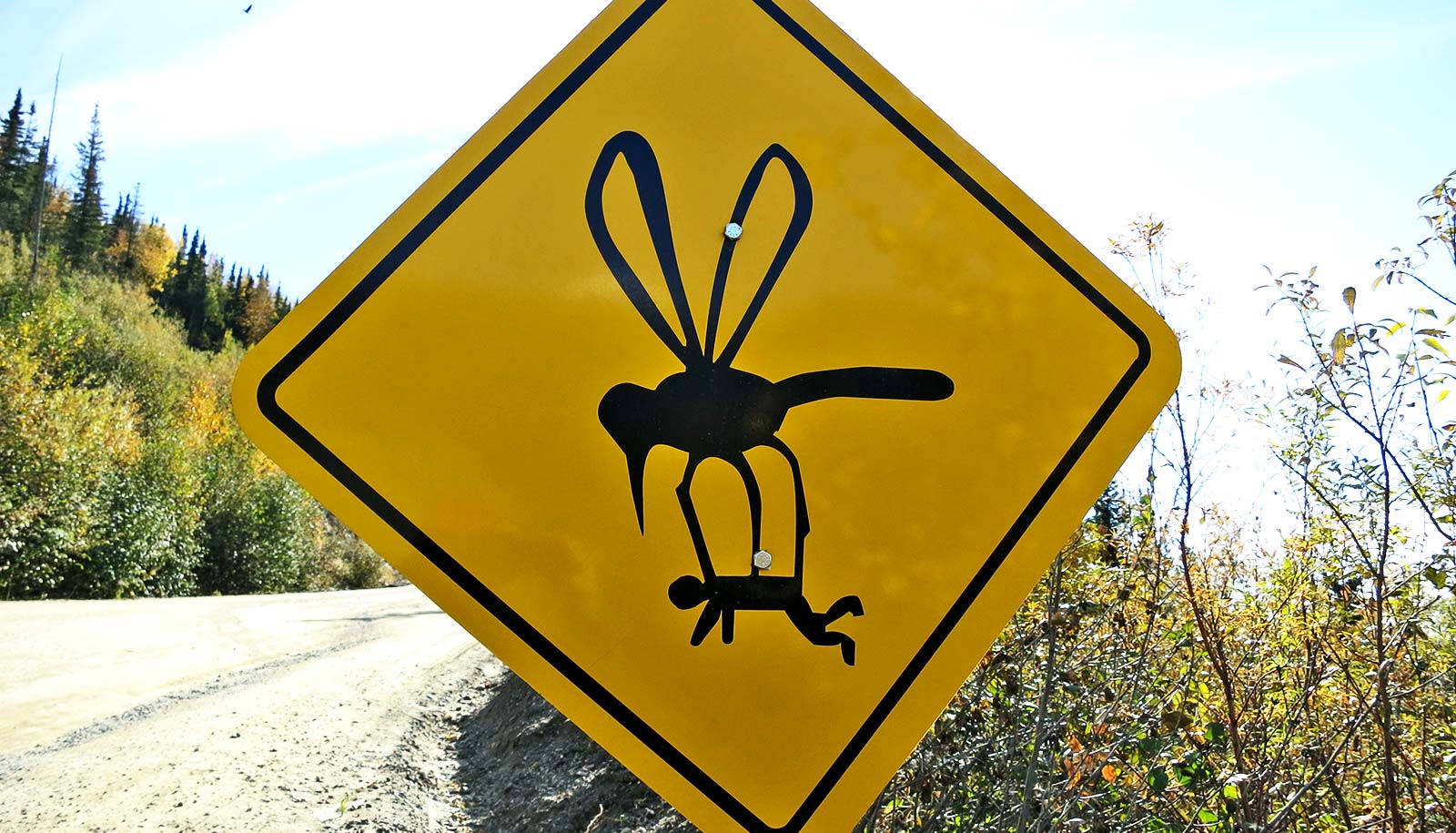Nearly half a billion more people could be at risk for contracting mosquito-borne diseases in the next 30 years as a result of climate change.
Locales where tropical disease are currently unknown—Canada and parts of Northern Europe, for instance—will become prime real estate for the yellow fever mosquito (Aedes aegypti) and the tiger mosquito (Aedes albopictus), researchers warn.
That means government planners and public health officials in those countries unaccustomed to dealing with such crises need to start preparing now in order to protect their populations from future massive disease outbreaks, says Sadie Ryan, associate professor of medical geography at the University of Florida and lead author of the study in PLOS Neglected Tropical Diseases.
“Newly exposed populations tend to see erupting epidemics,” Ryan says, “and for the diseases we have seen recently, like Zika, first exposures tend to have worse outcomes, in terms of symptoms, and public health response, so we should be on the lookout for those new areas, under any future scenario.”
When, where, how
“…humans are very good at moving both bugs and their pathogens around the globe.”
For the paper, researchers used mathematical models of climate-driven mosquito disease transmission, coupled with predictions of future climate change under different future emissions scenarios, to map when, where, and how many people will be at potential risk for these diseases.
“These diseases, which we think of as strictly tropical, have been showing up already in areas with suitable climates, such as Florida, because humans are very good at moving both bugs and their pathogens around the globe,” Ryan says.
Researchers wanted to show where different parts of the world will become newly suitable for this sort of introduction and establishment and to create a tool for global health planning in a changing climate, Ryan says.
The study estimates that a little more than 6 billion people are exposed to transmission suitable climates for a month or more each year.
Lower risk elsewhere
But as climate starts to push milder weather toward the poles, new areas, such as Canada and parts of Northern Europe, will start to be hospitable to these mosquitoes and their pathogens—and that will happen within the next few decades.
By 2050, a net increase of around half a billion people will face exposure to one or more months of suitable transmission climate a year.
However, the story is not a straightforward one of a warming world becoming a sicker world.
“While we may see changing numbers and think we have the answer, imagine a world too hot for these mosquitoes.”
While a dengue vaccine exists, there are no widely available vaccines for chikungunya or Zika, diseases that both the yellow fever and tiger mosquito can transmit.
These, as well as several other emerging diseases that could become global health threats, have different temperature ranges for ideal disease transmission. Put simply, it can become too hot for optimal transmission by the tiger mosquito, while becoming better for the yellow fever mosquito.
In the worst-case emissions scenario, upward of a billion more people will face exposure to yellow fever mosquito risk, but parts of the globe see dramatic decreases in the number of people at risk for tiger mosquito transmission, where it gets too hot for them.
While the yellow fever mosquito continues to expand its range, scientists predict the disease risk from the tiger mosquito will increase in Europe, but decrease in west Africa and southeast Asia.
Geographic shifts
Climate change mitigation may not offer a solution. A counter-intuitive result emerges under emissions mitigation scenarios. The predictions are in fact worse, in sheer numbers of people at risk in the middle of the road scenarios, creating an interesting conundrum in the climate-health planning realm.
“Understanding the geographic shifts of risks really puts this in perspective,” Ryan says. “While we may see changing numbers and think we have the answer, imagine a world too hot for these mosquitoes.”
Areas where new population exposures occur will most keenly feel the impact—and that’s why we should keep an eye on the changing geography of disease, Ryan says.
That illuminates another issue—new diseases these mosquitoes transmit can get picked up in new areas, making mapped results like these important to public health planning.
Additional coauthors are from Georgetown University, Stanford University, and Virginia Tech. The National Science Foundation funded the work.
Source: University of Florida



